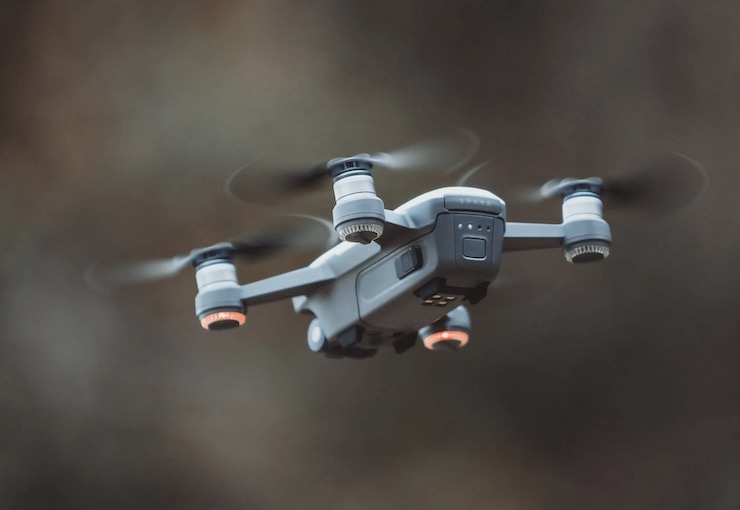“Last Mile” Drone Package Deliveries May Not Be Cost-Competitive, McKinsey Report Finds

Remote aerial package delivery via drone is finally getting its first big test. Amazon, Walmart, Wing and Zipline, among other companies, are commencing delivery services in selected U.S. cities – 34 in the case of Walmart. These are not full-scale autonomous operations – only remotely piloted “last mile” deliveries that cover the final leg of a transportation journey that might require additional road vehicle transport to regional or local store distribution centers, where the drones actually launch. In fact, not all store customers qualify for these drone services – only those relatively close to the stores — and the payload capacity of the drones is still fairly small – 10 pounds in the case of Amazon, and just five pounds in Walmart’s.
Most of the debate about remote package delivery has focused on whether the FAA will grant companies like Walmart the right to operate beyond visual line of sight (BVLOS), which would extend their reach to more customers in a wider geographic area.. A related concern is whether the companies can devise a way to increase drones’ battery power to allow for extended flights – currently limited to about 25-30 minutes, and just a few kilometers.
But there may be another fundamental stumbling block: can aerial drone deliveries ever become truly cost-competitive, relative to the alternatives?
In a recent study, McKinsey & Co. estimated the cost of a single one-way drone delivery at $13.50 – more than the cost of electric cars and vans doing a single delivery or “any type of vehicle doing multiple deliveries in a single run, for that matter,” according to the company. The cost of a one package delivery by an EV van was $11.00 and for a smaller EV automobile, just $9.40, when labor and energy costs were combined, McKinsey found.
How can costs be reduced? The key, according to McKinsey, is allowing a single operator to manage multiple drones conducting more package deliveries simultaneously. “The single most important factor driving up the cost of drone delivery right now is labor.” the company argues. “[T]his factor accounts for 95% of the cost…..[I]n most countries, regulations state that a pilot can only operate and monitor only one drone at a time. Many regions also require a visual observer to monitor the airspace in which the drone operates,” McKinsey notes.
McKinsey compared the current limited operating environment to one in which a single drone operator can manage a fleet of drones, all making one or more package deliveries. In this scenario, the cost of drone package deliveries falls sharply and becomes competitive with other available delivery methods.
“If drone operators can eventually manage 20 drones simultaneously, our analysis, using reasonable assumptions, suggests that a single package delivery will cost about $1.50 to $2,” McKinsey argues. The report concludes: “This is in line with the per-package cost for an electric car delivering five packages and any type of van delivering 100 packages in a milk-run format when a driver delivers all packages in a single trip.”
McKinsey’s report isn’t entirely pessimistic, noting that for remote rural communities that can’t be reached by road vehicles, drone deliveries are already cost-competitive, largely because no other delivery method, except expensive helicopter transport, might be feasible.
But for drone deliveries to become truly mainstream, in densely-populated cities and rural towns, the industry will need a more supportive regulatory environment, McKinsey concludes. Those regulations will likely come when drones improve their ability to fly autonomously – equipped with sense-and avoid technology and with a better uncrewed traffic management system in place to limit the safety risk, especially in densely-populated residential areas.
|